Tag
#SAIC-GM
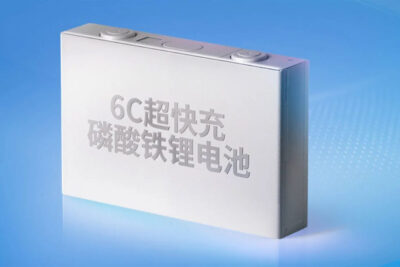
SAIC-GM and CATL present fast-charging LFP battery
26.09.2024
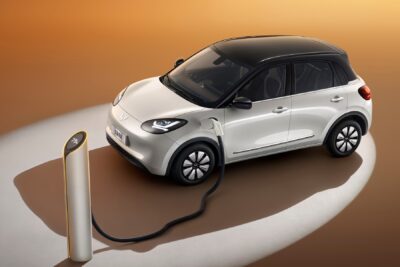
2024 Wuling Binguo launched in China with minor updates
18.06.2024
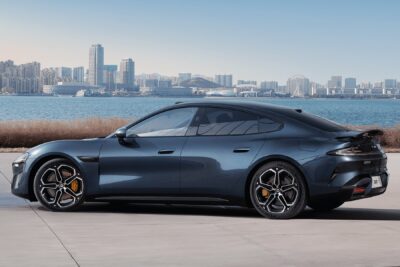
China’s April sales statistics show YoY growth by a third
14.05.2024
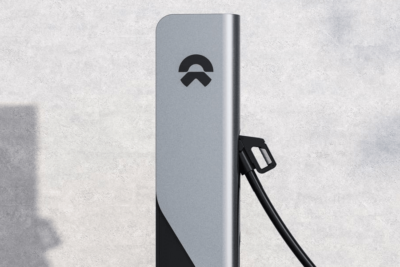
SAIC-GM & Nio announce charging partnership in China
18.04.2024
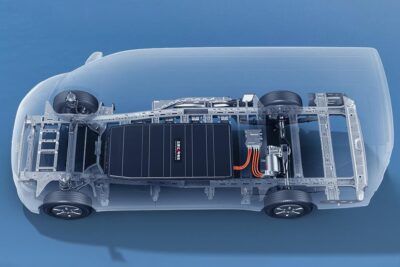
SAIC-GM-Wuling presents battery pack for commercial vehicles
25.01.2024
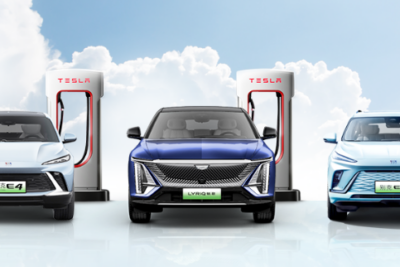
SAIC-GM partners with Tesla in China
10.11.2023
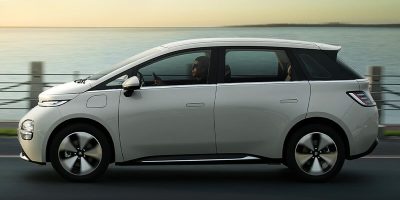
SAIC-GM-Wuling introduces small EV Baojun Yunduo
14.08.2023
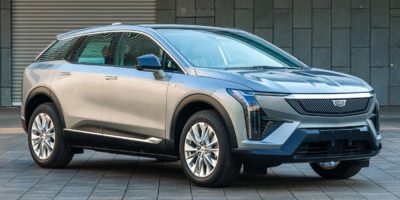
Cadillac gears up to launch new electric SUV in China
18.07.2023

SAIC-GM to build third EV factory in China
11.07.2023
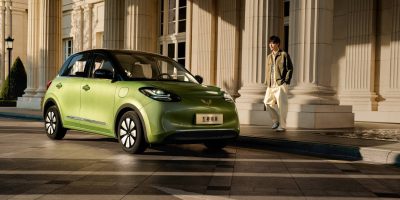
SAIC-GM-Wuling presents new compact EV in China
11.04.2023
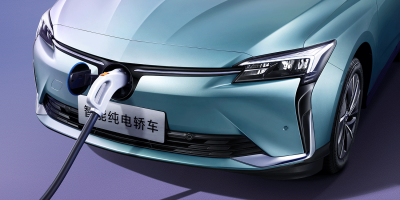
SAIC-GM open second electric car plant in China
06.01.2023
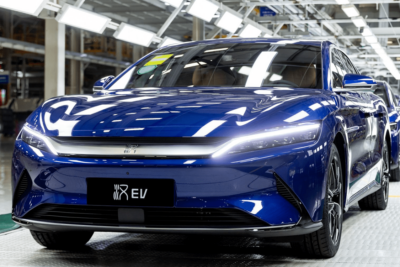
NEV registrations hit another record in China over November
09.12.2022
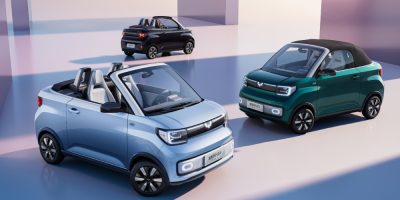
Cabrio version of the Hong Guang Mini EV incoming
27.09.2022
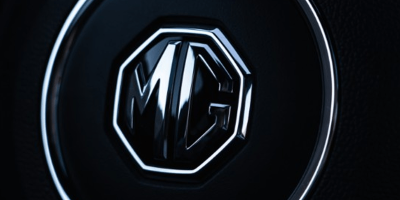
MG Motor plans to introduce Mini EV outside of China
14.03.2022

SAIC-GM-Wuling aims to double NEV sales
10.03.2022
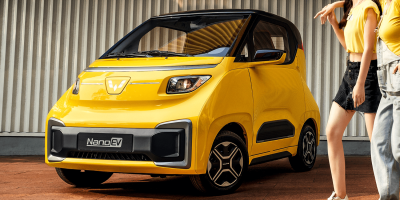
SAIC-GM launches another electric micromobile
22.11.2021
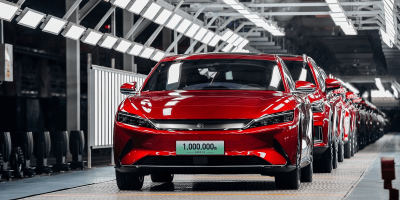
China’s NEV sales continue to rise
13.10.2021

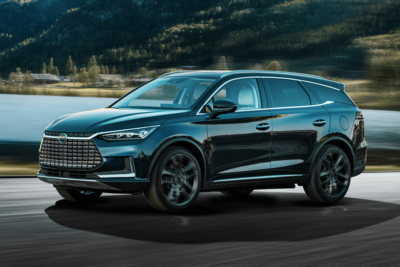
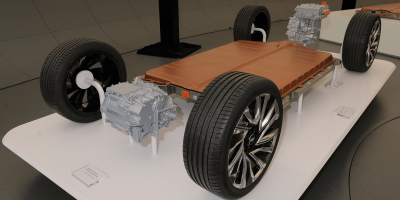
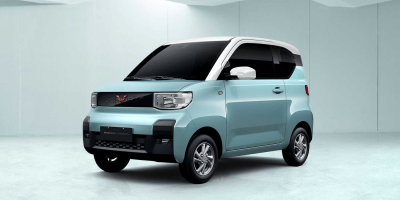
Last commented